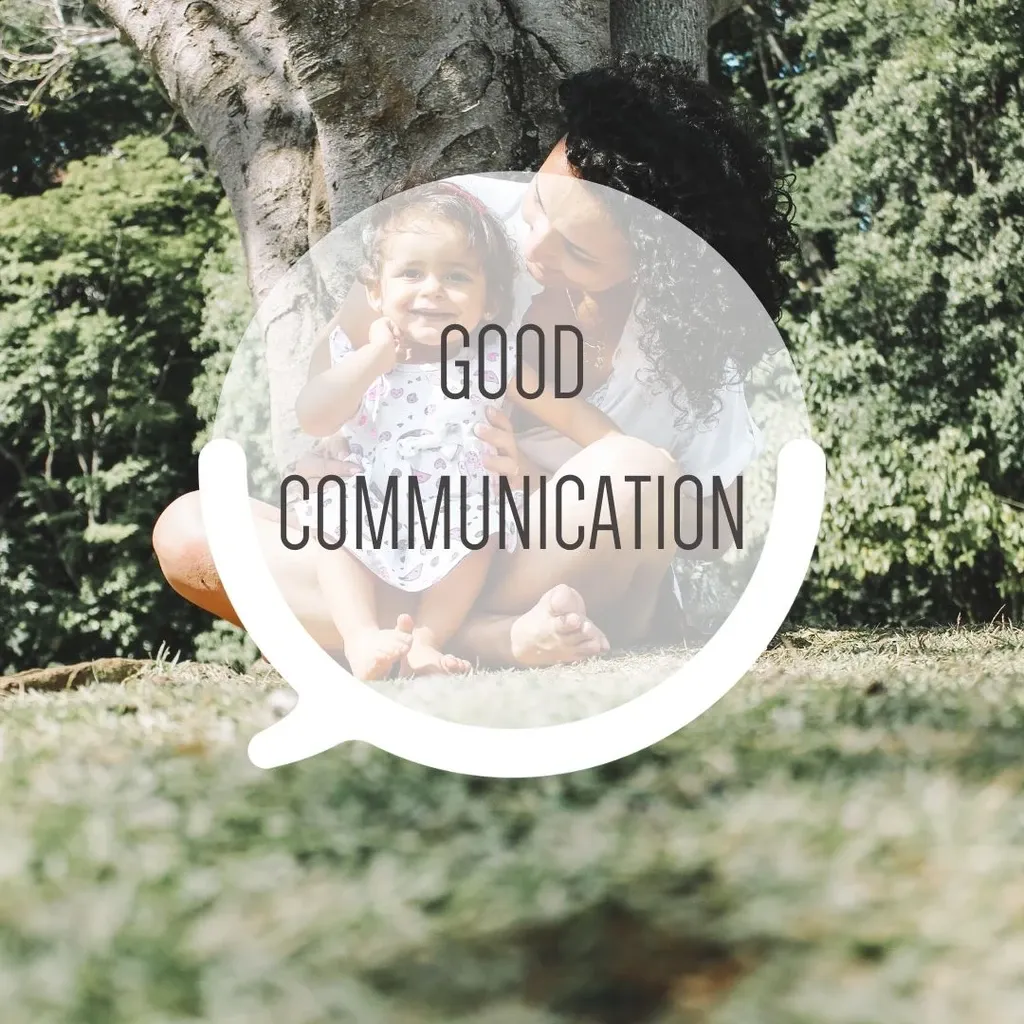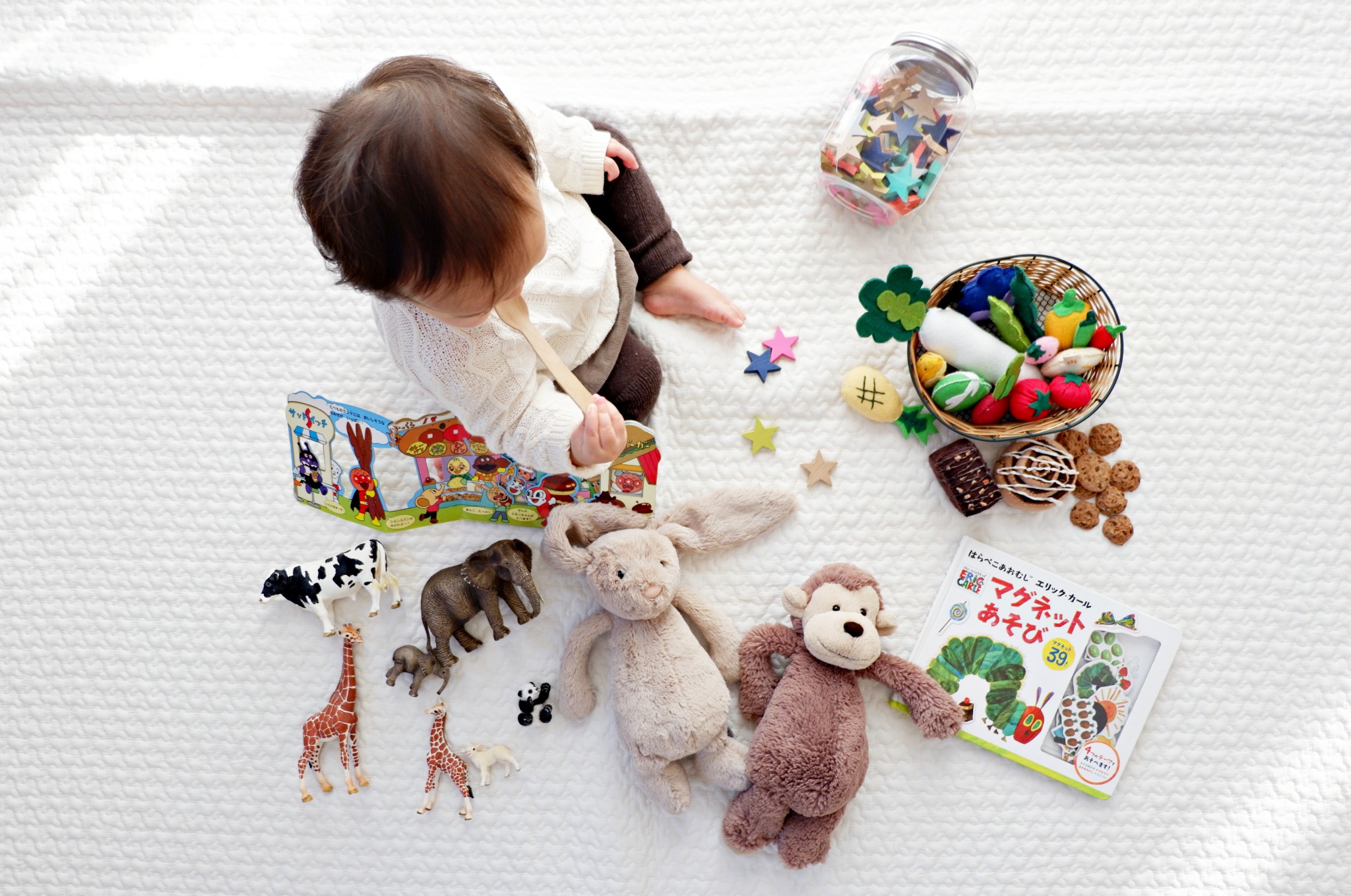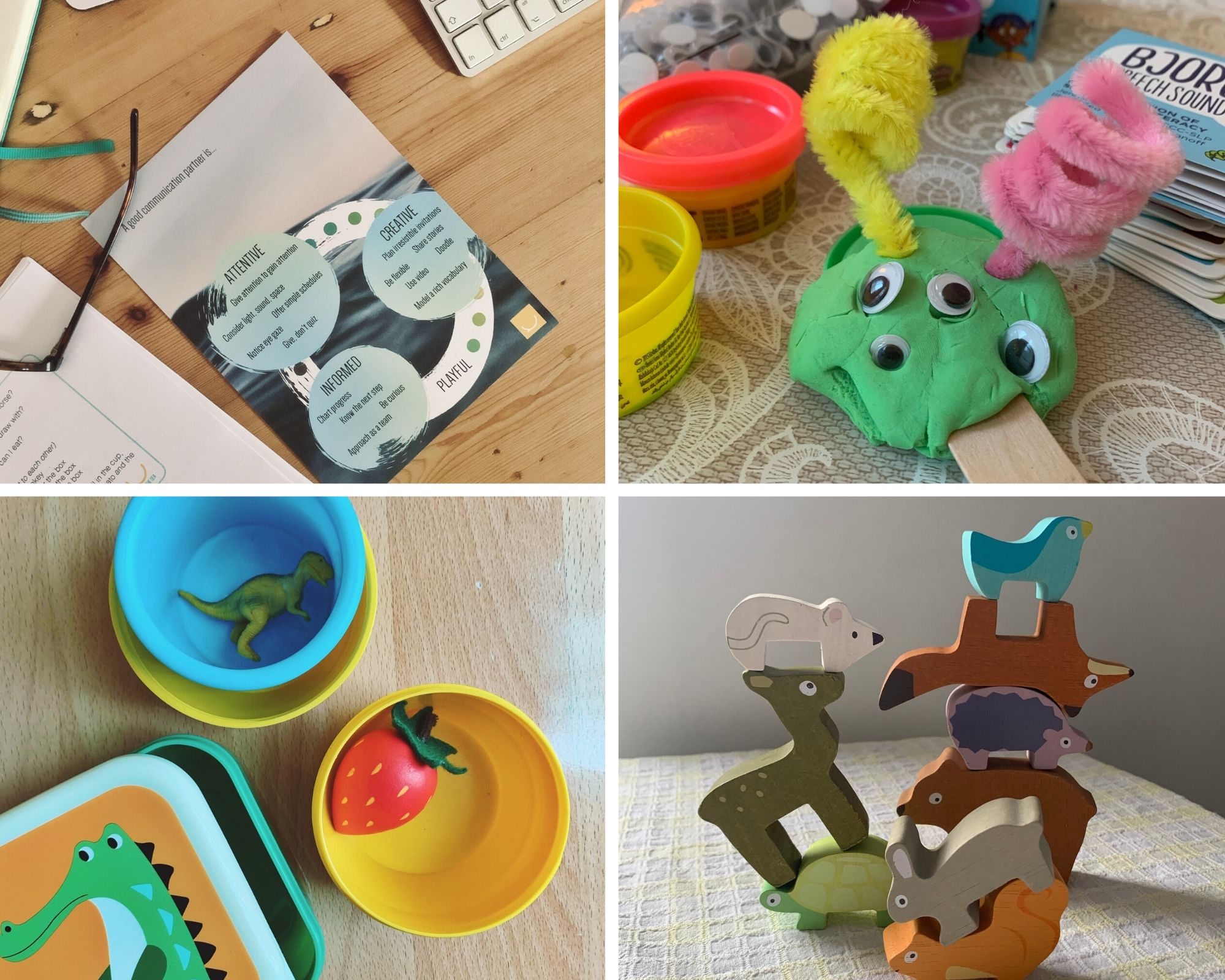What children have taught me about communication
Author
Bryony Rust
Date Published


Have you ever had one of those sore throats where you lose your voice almost entirely? Suddenly all the little comments and contributions you‘d normally make with ease become laden with effort. You tell yourself that the thing you wanted to say wasn’t that important after all and you quickly stop trying.
When I lost my voice last winter it really affected my confidence. After all, If I can’t join in, then why am I here? I found myself smiling all the wider, in an effort to show that I was present, despite my lack of contribution. Hey! It’s me here! I can’t possibly speak, but I’m still thinking about everything that’s going on and I want to be a part of it!
It brought to mind the many children I support as a Speech and Language Therapist. How much they want to contribute and be a part of things, how eager their smiles. For them, speaking up is hard. Perhaps harder than we can imagine. The communication chain can break down at any number of points, but there’s lots we can all do to help knit it back together.

Be curious
When we approach a situation with open curiosity, rather than holding on to our idea of the ‘right way’ we create more opportunities to explore and learn together. If a child creates a long line of train track, instead of a nice neat round loop, it’s tempting for us to dive in and ‘fix it’. But, if we hold back for a moment and think ‘I wonder what will happen next,’ some of the best problem-solving and conversations emerge.
Embrace the silence
Often the most important ideas need time before we’re brave enough to say them out loud. In my work we often describe this quiet as ‘busy thinking time’. When we embrace the awkward silence, we give room for these ideas to flourish. Communication is about so much more than talking. Allowing a little more quiet is a hugely powerful strategy we can use to give children time to form their ideas and figure out how to share them with us.
Give attention to gain attention
There’s a reason we call it ‘paying’ attention. It requires focus and effort, ignoring the many distractions all around us. How many of us can say that we give our full attention to every conversation? We fly a mile a minute and so much of modern-day life expects this from us. So the challenges that children have in paying attention is something we can surely relate to. In therapy sessions we focus on giving a child our best quality attention, being truly present. When we do this we create a space that really allows for the best attention from all of us.
I’m always on the lookout for lessons learned in unexpected places. So, it’s easy for me to say that my dog has also taught me a thing or two. Find out more in this honest post.
Related posts

Today is Bring Your Dog to Work Day. My office is at home, so I’m lucky to have my dog at work with me every day. It’s one of the extra benefits of becoming an independent Speech and Language Therapist.